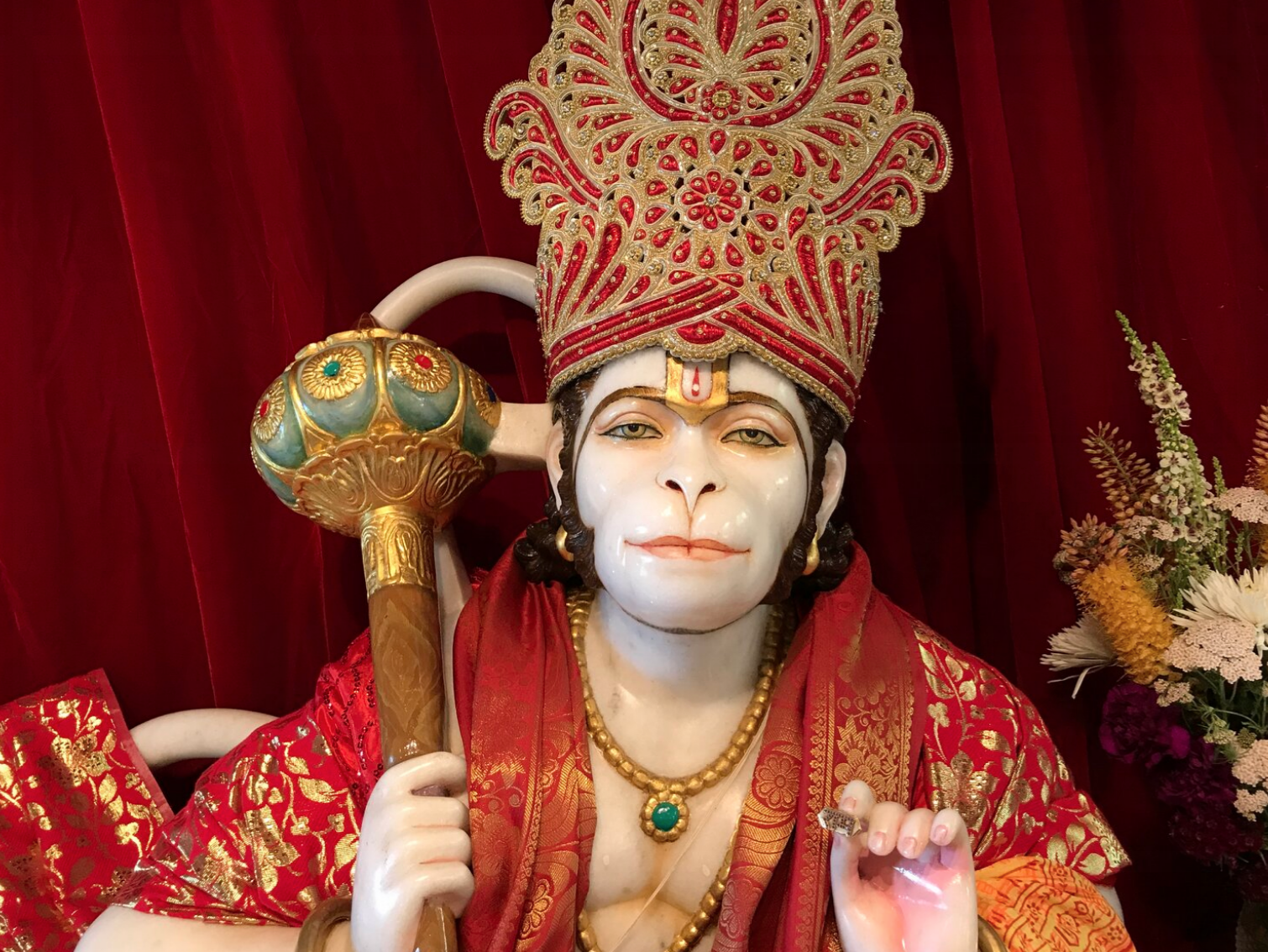In a world where comfort and convenience often lead to inertia, the importance of action cannot be overstated. Action, in all its forms—physical, mental, and emotional—breathes life into our existence, creating motion and vibrancy. Non-action, on the other hand, breeds lethargy and stagnation. While rest is necessary for rejuvenation, perpetual inactivity can lead to a lack of fulfillment and purpose. Embracing action, in its myriad forms, is the key to a vibrant, dynamic life.
The Vitality of Physical Action
Physical activity is the most apparent form of action. It fuels our bodies, keeps us healthy, and generates energy. When we move, whether through exercise, sports, or simply taking a walk, we engage our muscles, improve circulation, and boost our overall well-being. Physical action stimulates endorphin production, enhancing our mood and reducing stress. In contrast, prolonged inactivity can lead to physical ailments, mental fatigue, and a general sense of malaise.
Consider the simple act of walking in a park. As you move, your senses come alive: the rustle of leaves, the chirping of birds, the feel of the breeze on your skin. Each step invigorates you, making you feel more connected to the world around you. Physical action not only strengthens the body but also nourishes the soul.
The Dynamism of Mental Action
Thoughts are a powerful form of action. Engaging the mind in creative, intellectual, and reflective activities stimulates mental growth and sharpens cognitive abilities. When we read, solve problems, or learn new skills, we keep our minds active and vibrant. Mental action fuels innovation, fosters critical thinking, and expands our horizons.
Imagine diving into a good book or engaging in a stimulating conversation. These activities activate your imagination, challenge your perspectives, and broaden your understanding. Mental action keeps your brain agile and adaptable, preventing the dullness that comes from intellectual stagnation.

The Energy of Emotional Action
Emotional action involves actively engaging with our feelings and those of others. It means expressing emotions, building connections, and nurturing relationships. When we invest emotionally in our interactions, we create bonds that enrich our lives and the lives of others.
Think about the warmth of a heartfelt conversation with a friend, the joy of helping someone in need, or the satisfaction of expressing gratitude. These emotional actions create positive energy and foster a sense of belonging and purpose. In contrast, emotional inactivity—such as suppressing feelings or isolating oneself—can lead to loneliness and emotional numbness.
The Necessity of Balanced Action
While action is essential, it’s crucial to strike a balance between activity and rest. Rest allows our bodies and minds to recover and rejuvenate, preparing us for future actions. However, rest should not be confused with non-action. Non-action is the absence of engagement, the refusal to participate in the world around us. It is not restorative but rather draining, leading to feelings of lethargy and disconnection.
Balanced action means integrating periods of rest and reflection into our lives without succumbing to inertia. It’s about finding harmony between doing and being, ensuring that our rest serves as a prelude to renewed action.

Practical Steps to Embrace Action
- Set Goals: Establish clear, achievable goals to guide your actions. Whether it’s a fitness target, a new skill to learn, or a project to complete, having goals gives direction and purpose to your actions.
- Stay Curious: Cultivate a mindset of curiosity and continuous learning. Engage in activities that challenge your intellect and stimulate your creativity.
- Build Relationships: Actively invest in your relationships. Reach out to friends and family, express your feelings, and offer support to others.
- Move Daily: Incorporate physical activity into your daily routine. Even small actions, like stretching or walking, can make a significant difference.
- Reflect and Recharge: Take time to reflect on your actions and rest effectively. Use rest periods to recharge rather than retreat into inactivity.
Conclusion
Action is the heartbeat of a vibrant life. It propels us forward, keeps us engaged, and fills our existence with purpose and energy. While rest is necessary, non-action is a slippery slope to lethargy and dissatisfaction. By embracing physical, mental, and emotional action, we can create a life of motion and vibrancy, filled with opportunities for growth and fulfillment. Remember, even thoughts are actions, so let your mind, body, and heart be in a constant state of dynamic engagement. Embrace action, and watch your life transform into a dynamic, vibrant adventure.








